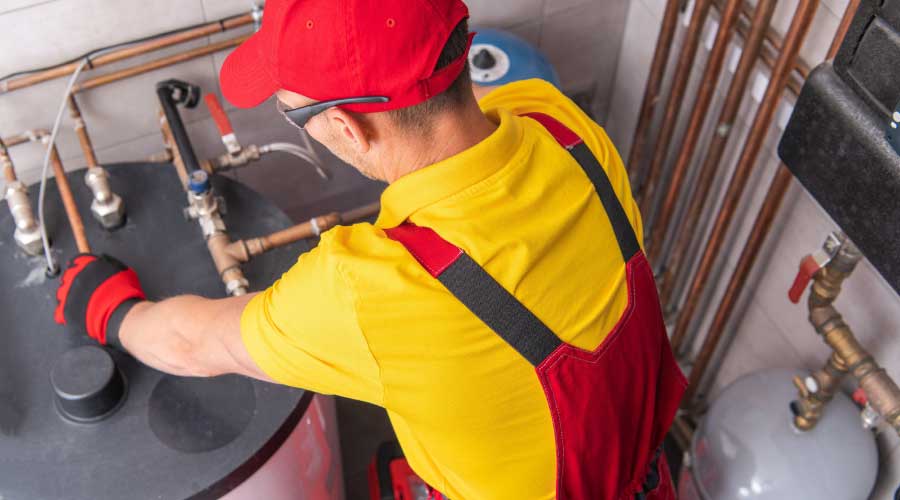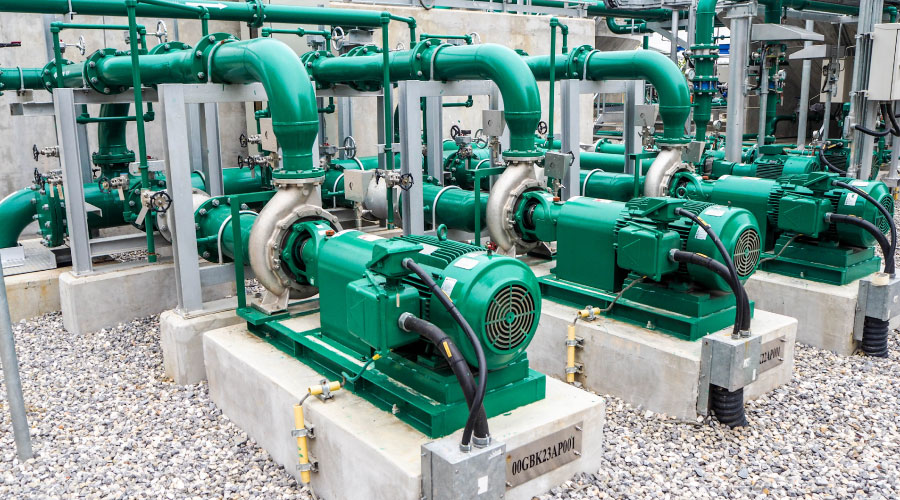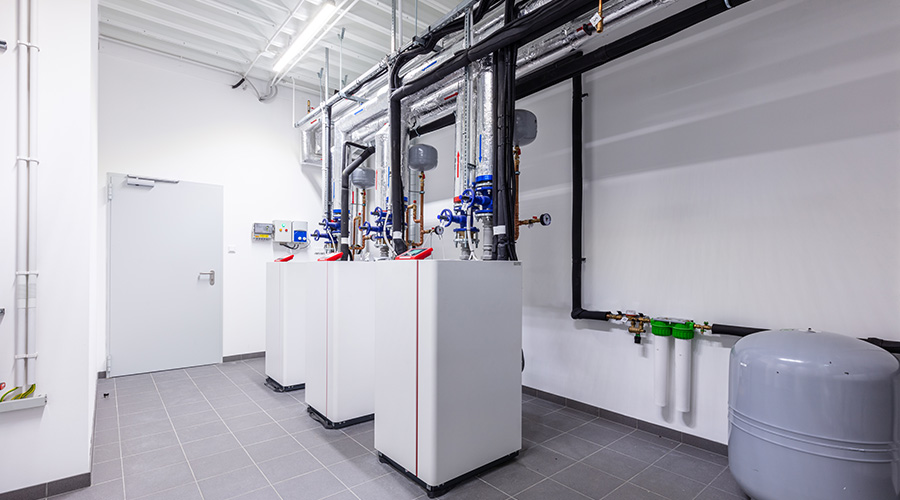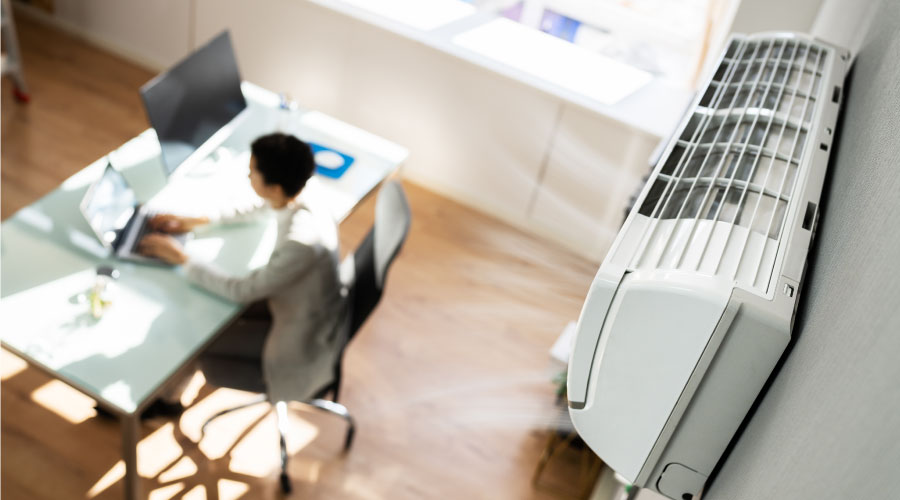Managing Outside Air Helps Reduce HVAC Costs
Bringing in the proper amount of outside air is important to maintain good indoor air quality. Extensive experience with ASHRAE Level II energy audits on many different types of buildings has shown that most buildings bring in too much outside air. And most of them have no energy recovery, which in some cases, is not in compliance with energy codes.
Here is an extreme example. The building was an 11 million square foot installation in the Southeast. It was August, when the temperature was 95 F with a relative humidity of 72 percent. The building, which was only 10 months old, had a 200-ton air-cooled screw chiller working at full load. Perfectly reasonable for a late afternoon with that temperature and humidity, right? But there was practically no one inside the building. After a short investigation, it turned out that the dampers on the air handling units were all wired backwards, and the outside air damper was pulling in almost 100 percent outside air rather than being at its minimum position. The building had not been commissioned. The owner had been paying for all that warm, humid outside air to be cooled by the chiller for a sizeable portion of the time that the building had been in use.
Checking dampers on air handling equipment to make sure they're operating properly does not take a lot of time, and can bring large dollar savings.
Industrial plants all too often add processes that require exhaust, without adding the proper volume of makeup air. This unbalanced airflow situation causes cold or hot, humid air, along with dirt, leaves and other particulate, to be brought in through open overhead doors, cracks in walls and window framing. This can affect both the productivity of the people and the effectiveness of the process.
"Greening" facilities is not always about buying the most efficient equipment, but rather making sure existing equipment is operating as well as it can be and that facility staff knows what's going on in the facility. An older, less efficient HVAC system maintained and operated well can perform better than a newer, more efficient system operated poorly.
Most facility managers have only enough money and time for reactive maintenance. Yet everyone in the field knows this is not the proper, and certainly not the best, way to do it. What's more, reactive maintenance, seemingly the least expensive route, actually increases maintenance costs. Making that argument to top management can help justify funds for preventive or predictive maintenance.
Many times there is no choice but to propose a major retrofit, with a longer payback period than the C-suite folks might find acceptable. Bundling this with shorter payback or no-cost items will show an overall better payback.
James L. Newman, CEM, LEED AP, is owner/managing partner of Newman Consulting Group, LLC, consultants for energy efficient and sustainable buildings. The firm has extensive experience with audit, upgrades and energy efficiency performance improvements in existing buildings. He can be reached at jimn@newmanconsultinggroup.us
For more advice about energy efficiency measures for the HVAC system as well as other building systems, check out these websites:
- ashrae.org/aedg — ASHRAE's Advanced Energy Design Guides, available for free download
- energystar.gov/portfoliomanager — The U.S. Environmental Protection Agency's free online tool for benchmarking building energy use
- ifmafoundation.org — IFMA's guides on sustainability and commissioning
- peci.org — energy efficiency through proper operations and maintenance, commissioning, etc.
- usgbc.org/leed/eb — LEED for Existing Buildings: Operation and Maintenance Guidelines
|
Related Topics:














